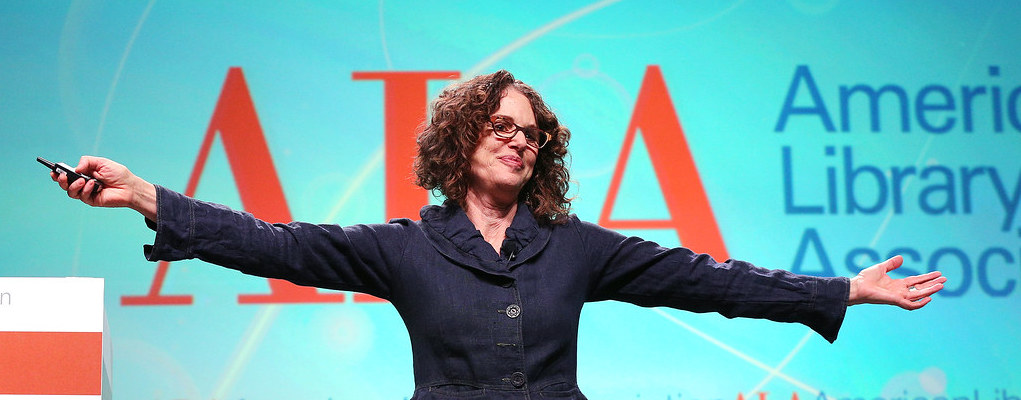“Religious insanity is very common in the United States.”
– Alexis de Tocqueville, Democracy in America
Between the Coronavirus pandemic, the killing of George Floyd, and the incredible wave of civil unrest and protest that followed in its wake, descending in many cases into orgies of violence and looting, the events of the first half of 2020 seem to have already earned their place in future history books. Other events, however, seem to have been lost in the shuffle.
Login to read more
Sign in or create a free account to access Subscriber-only content.
Topics:
